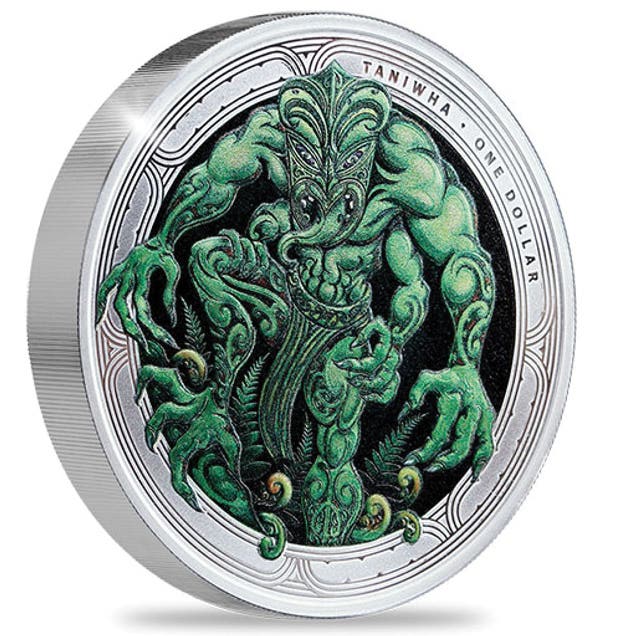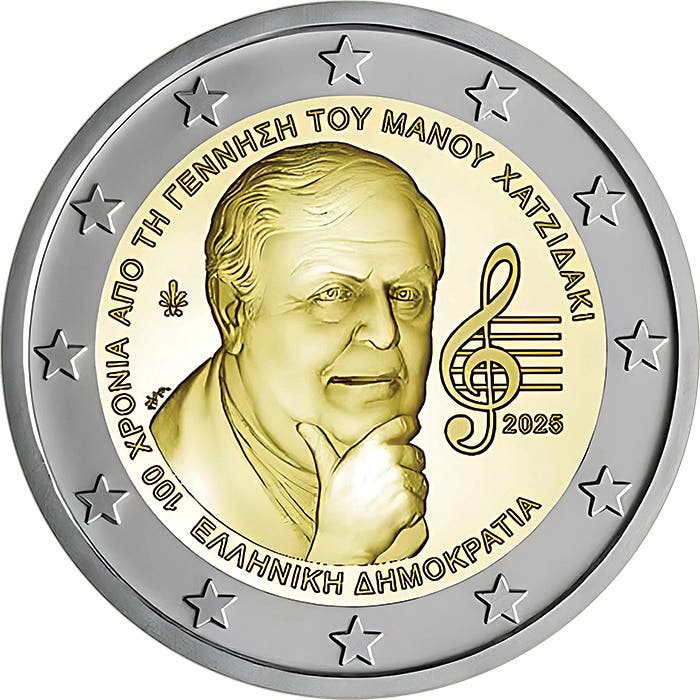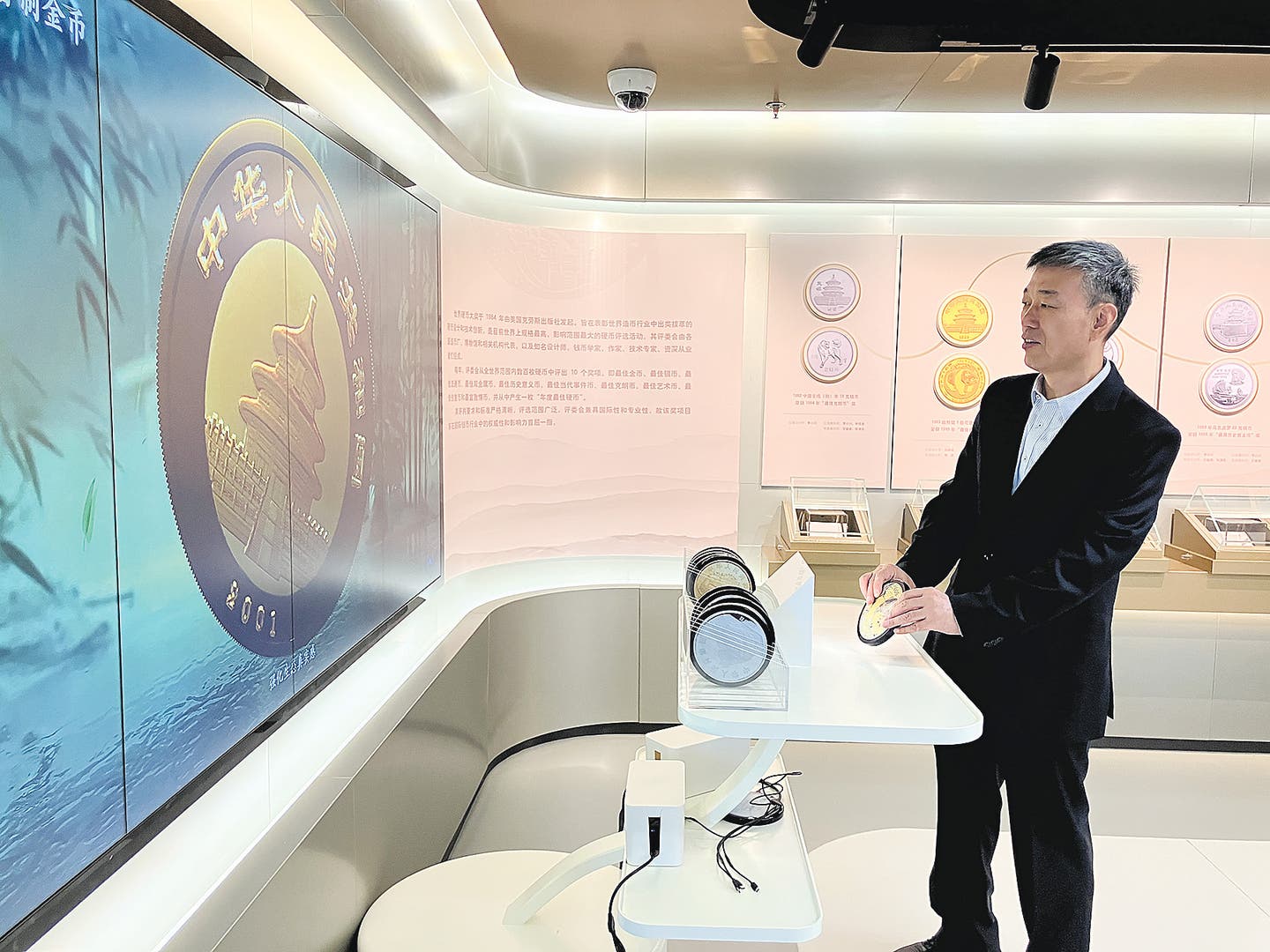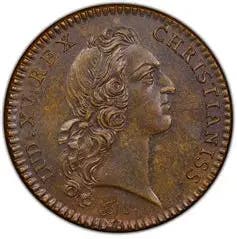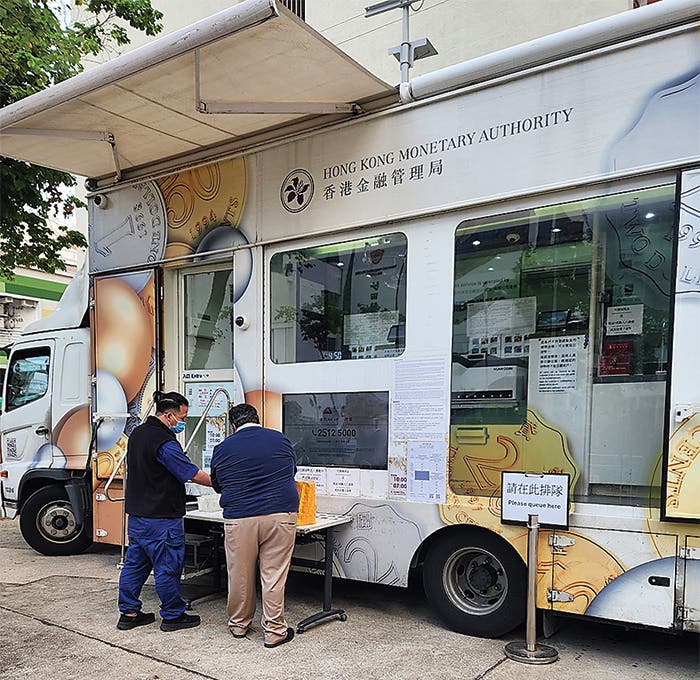Stephen Album Sale Prices Exceed Expectation
Stephen Album Rare Coin’s Auction 41 just finished up on Sunday, Sept. 19 with outstanding results. Many rare coins sold for multiple times their presale estimates, and many other pieces…
Stephen Album Rare Coin’s Auction 41 just finished up on Sunday, Sept. 19 with outstanding results. Many rare coins sold for multiple times their presale estimates, and many other pieces hit the top end of their estimate range through active bidding.
Here is a quick review of some of the highlights of the sale. For additional results I suggest a visit to the Stephen Album rare Coin website where you will find the full catalog of Auction 41, along with information about the firm’s upcoming events.
Where do great rarities come from in numismatics? Well, each one usually holds its own mysterious heritage, the stories of which can be most entertaining. In the case of the Faisal I gold dinar of 1920, I have heard that the known pieces were found in a vault in the UK.
Of course, the history of the first kingdom of Syria is even more fascinating. The numismatic historians at Stephen Album Rare Coin provided this wonderful background information in their catalog listing.
“The Arab Kingdom of Syria was a self-proclaimed, unrecognized state that began as a ‘fully and absolutely independent Arab constitutional government’ announced on 5 October 1918 with the permission of the British military and gained de facto independence as an ‘Emirate’ after the withdrawal of the British forces from OETA (Occupied Enemy Territory Administration) East on 26 November 1919. It was proclaimed as a Kingdom on 8 March 1920.”
As is often the case, the numismatic history is tightly wrapped around the political development and SARC went on to explain those circumstances in the case of Syria.
“As a ‘Kingdom’ it existed only a little over four months, from 8 March to 25 July 1920. During its brief existence, the kingdom was led by Sharif Hussein bin Ali's son Faisal bin Hussein. Despite its claims to the territory of Greater Syria, Faisal's government controlled a limited area and was dependent on Britain which, along with France, generally opposed the idea of a Greater Syria and refused to recognize the kingdom.”
“The kingdom surrendered to French forces on 25 July 1920. Faisal then lived in exile in England for about one year before being proclaimed King of Iraq.”
In 2016 one of the dozen known examples of the only coin of the Kingdom of Syria was sold for $22,040 by Morton & Eden. I think there may have been a private treaty sale prior to this, but a public sale is always the best reference point for valuation of rarities.
For SARC Auction 41, the estimate range was a reasonable extrapolation from the earlier appearance, but the bidders took it further with a hammer close of $47,500 making for a finale sale price with buyers fee of $57,000. This now gives us a new benchmark from which to view any future offerings of the rarest coin of Syria.
During the Warring States period in China, gold block money was produced in the State of Chu. These gold blocks were the first gold currency with a fixed shape and size produced in China.
The piece in Stephen Album Rare Coin Auction 41 reads Ying Yuan in an archaic script stamped on the block. Ying was the capital of the States of Chu until 278 B.C. It was located near modern-day Jingzhou City on the Jianghan Plain in western Hubei Province.
The block would have been cut from a large bar to produce small denominations of practical use. These blocks are fairly rare today and this particular piece is of nice clear quality and graded EF.
Being of such historical value certainly created a great deal of attention with the bidders who drove the price up to a $24,000 hammer closing. With buyers fee that’s a $28,800 final sale price for this fantastic piece of Chinese numismatic history.




